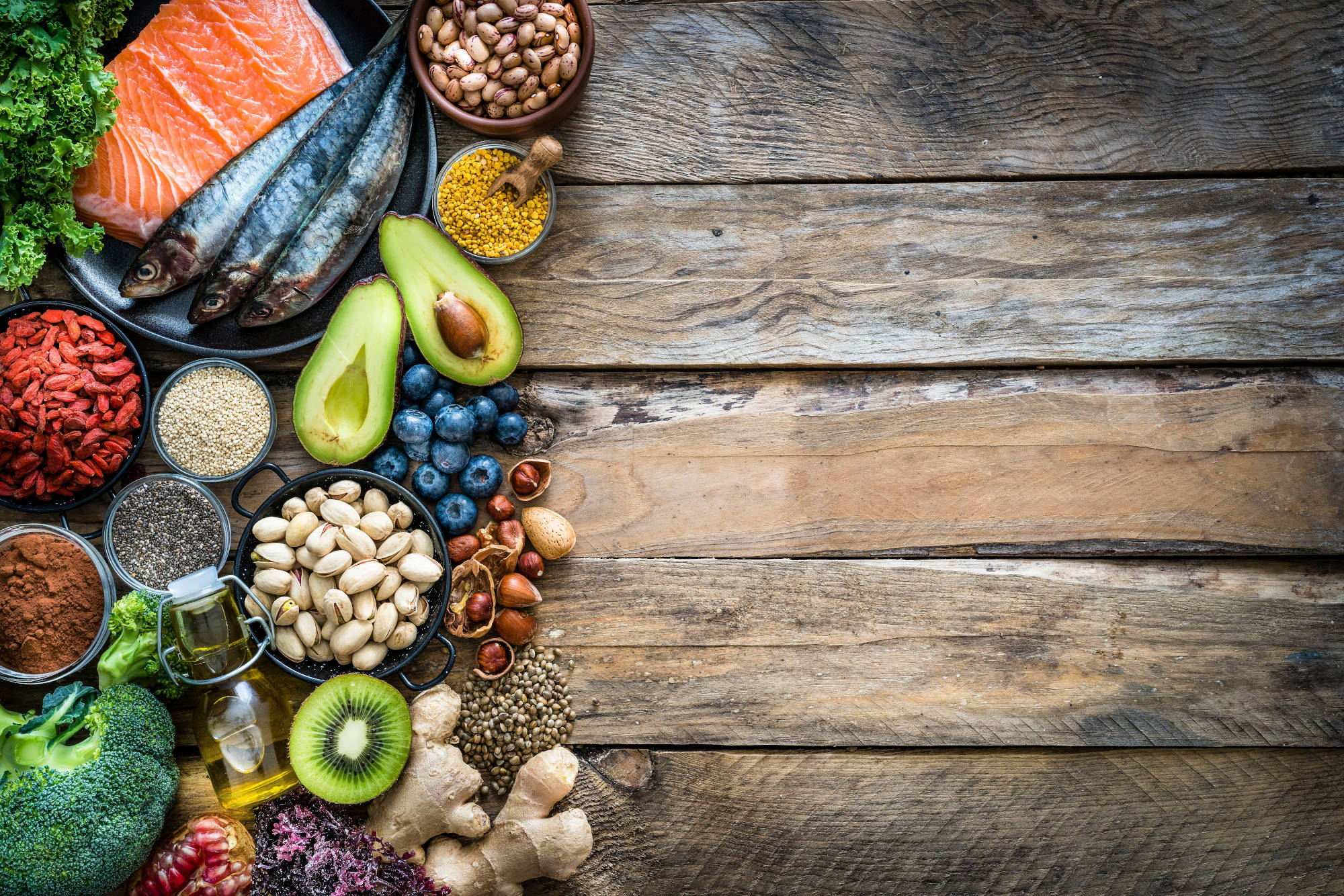Chiropractors comprise an essential part of the American healthcare system. With more than 70,000 practitioners, chiropractors1 form the third largest primary healthcare profession and the largest non-allopathic healthcare profession.2 Chiropractors practice an integrative system of medicine that incorporates the diagnosis and manipulation of misaligned joints, particularly in the spine, which often negatively affect the rest of the body.3 Traditionally, this involves performing adjustments – specific, controlled forces applied to misaligned joints – to restore proper function and mobility.
Chiropractic, however, adopts a holistic lens to treat musculoskeletal concerns. As primary care providers, chiropractors participate in the diagnosis, treatment, and prevention of general health issues too, particularly as they relate to musculoskeletal disorders.4 Therefore, chiropractors also perform soft-tissue therapies, provide lifestyle advice, prescribe exercise regimens, and nutritionally counsel their patients.3
Nutrition, specifically, serves as a cornerstone of general health and preventative medicine. As holistic health professionals, chiropractors hold a unique position to implement nutritional changes.5 Further, chiropractors treat various conditions and disorders that often benefit from dietary recommendations.1 For example, substantial research suggests that certain dietary changes may reduce systemic inflammation. These diets, therefore, may alleviate pain in inflammatory conditions like rheumatoid arthritis, osteoarthritis, and scoliosis, all of which chiropractors often treat.7 Similarly, research suggests that tryptophan and vitamin C deficiencies are correlated with the development of scoliosis, and that vitamin B6 may aid in scoliosis prevention.8–10
In 2009, the National Board of Chiropractic Examiners reported that approximately 94% of chiropractors in the United States provide nutritional or dietary services for their patients.11 Similarly, in a 2001 study, most chiropractors incorporated nutrition counseling into their practice; yet only half of this sample felt they received adequate nutrition education from their chiropractic college.2 Chiropractors appear split on this issue – 44% and 42% of this 2001 sample disagreed and agreed with, respectively, the following statement: “Chiropractors are able to address all nutritional concerns and do not require the service of a dietitian or nutritional specialist.”2 Unsurprisingly, the average chiropractor in this same sample received eighty-four hours of postgraduate nutrition instruction to supplement their initial education.2 65% of chiropractors in a 2007 study also felt their chiropractic education did not prepare them adequately to counsel their patients on nutrition in-depth.5 Most chiropractic colleges offer two nutrition courses – give or take – in their core curricula.12,2
Practitioners use various methods to assess their patients’ nutritional wellbeing. At the initial patient examination, a 2018 study reported that chiropractors frequently appraised patients’ nutritional wellbeing through questions about medications, nutritional supplements, smoking, alcohol, self-perception of health, and physical appearance.6 Chiropractors used dietary assessment, waist-to-hip ratio, and laboratory measures less frequently to evaluate nutritional wellbeing.6 Research suggests that chiropractors most often provide nutritional guidance via the prescription of vitamins or nutritional supplements to their patients.2,5,6,15 Chiropractors also typically discuss healthy nutrition choices, offer recipe suggestions, and recommend sources of nutrition information.6 These resources include general health books and magazines, nutrition brochures, practice newsletters, and scientific or professional journals and newsletters.6
Time and education constraints likely contribute to the type of nutritional guidance chiropractors offer. Many chiropractors wish for more nutrition education during their chiropractic college and postgraduate education.5 Furthermore, busy practices also lend themselves to nutritional guidance that requires less time per patient, such as the dissemination of nutritional information and supplements.5 In addition, the reimbursement policies of health insurance and managed care plans potentially affect the time that chiropractors devote to nutrition counseling.11
References
- Key Facts. American Chiropractic Association https://www.acatoday.org/News-Publications/Newsroom/Key-Facts.
- Smith, D. L. & Spillman, D. M. A survey of chiropractors’ use of nutrition in private practice. J. Chiropr. Humanit. 10, 93–98 (2001).
- What is Chiropractic? https://www.palmer.edu/about-us/what-is-chiropractic/.
- Goncalves, G., Le Scanff, C. & Leboeuf-Yde, C. Primary prevention in chiropractic practice: a systematic review. Chiropr. Man. Ther. 25, (2017).
- Holtzman, D. & Burke, J. Nutritional counseling in the chiropractic practice: a survey of New York practitioners. J. Chiropr. Med. 6, 27–31 (2007).
- Lee, M. K., Amorin-Woods, L., Cascioli, V. & Adams, J. The use of nutritional guidance within chiropractic patient management: a survey of 333 chiropractors from the ACORN practice-based research network. Chiropr. Man. Ther. 26, (2018).
- Seaman, D. R. The diet-induced proinflammatory state: a cause of chronic pain and other degenerative diseases? J. Manipulative Physiol. Ther. 25, 168–179 (2002).
- Silverstone, A. M. & Hammell, L. Spinal deformities in farmed Atlantic salmon. Can. Vet. J. 43, 782–784 (2002).
- Worthington, V. & Shambaugh, P. Nutrition as an environmental factor in the etiology of idiopathic scoliosis. J. Manipulative Physiol. Ther. 16, 169–173 (1993).
- Pompeiano, O., Manzoni, D. & Miele, F. Pineal gland hormone and idiopathic scoliosis: possible effect of melatonin on sleep-related postural mechanisms. Arch. Ital. Biol. 140, 129–158 (2002).
- Christensen, M., Kollasch, M. & Hyland, J. Chapter 9: Professional Functions and Treatment Procedures. in Practice Analysis of Chiropractic 2010 (National Board of Chiropractic Examiners, 2009).
- Christensen, M. G. et al. Job analysis of chiropractic. 18 (2005).
- Chiropractic Curriculum Organization and Design for Life University. Life University. A World Leader in Holistic Health and Chiropractic Education. https://www.life.edu/academic-pages/chiropractic-program/chiropractic-curriculum/.
- Doctor of Chiropractic degree program course curriculum. Parker University. https://www.parker.edu/doctor-of-chiropractic-curriculum/.
- Stuber, K., Bruno, P., Kristmanson, K. & Ali, Z. Dietary supplement recommendations by Saskatchewan chiropractors: results of an online survey. Chiropr. Man. Ther. 21, 11 (2013).
